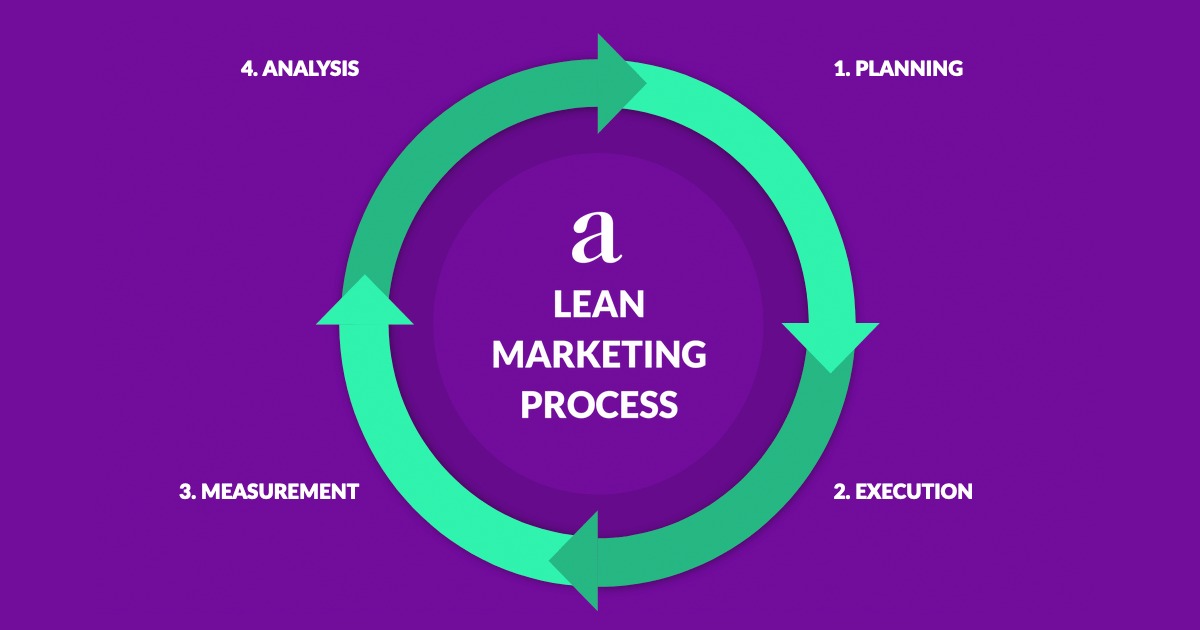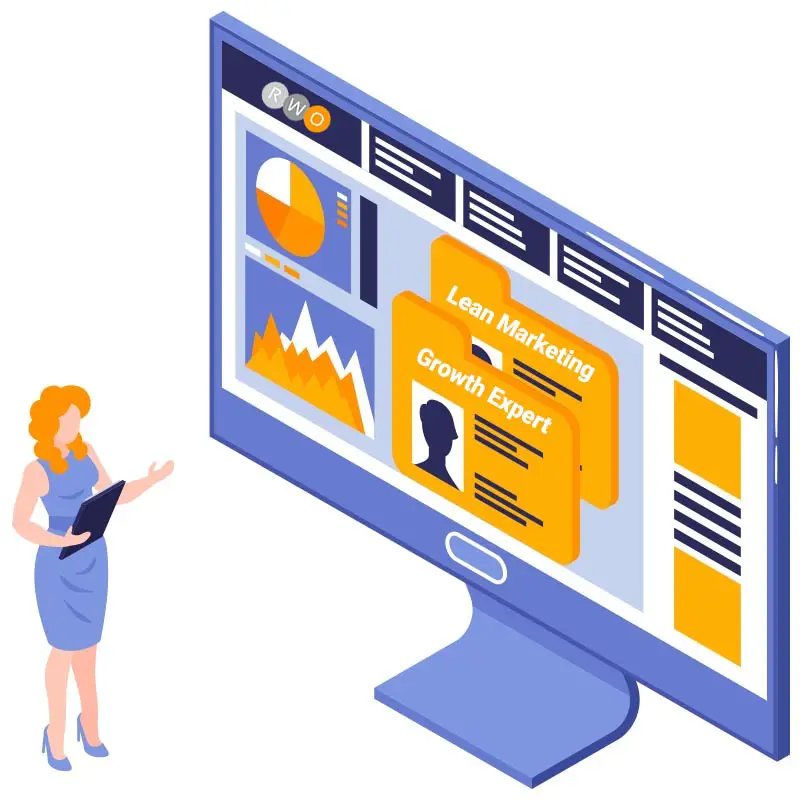Today we are going to review what lean marketing is and what kind of advantages does it bring to a company. Marketing is one of the biggest challenges for all companies seeking to increase the number of customers and, consequently, their sales. Often, marketing tasks lead to sleepless nights and reflective workdays, as they involve investing financial and technical resources. The risk of investing a lot of money in the wrong channel and then losing it is not good obviously.
At the same time, lean marketing also allows you to use marketing as a market research tool and thus improve the products and services you offer. This way you get optimal results in your strategies. Although lean marketing is more popular and used in emerging companies or startups it works perfectly in most SMEs, since the marketing expenditure is reduced and excellent results are obtained.
Lean marketing gives companies the possibility of creating a more effective strategy. Additionally, when companies are facing a new consumer, who requires constant attention to satisfy their needs in a market that changes day by day, investment in marketing must provide a greater benefit at a lower cost.
What is lean marketing?
Lean marketing is a process of continuous improvement that seeks to validate step by step what works and discard what does not through experimentation. Adopting lean marketing means being agile and having a particular mindset. The goal is to transform users into customers and, above all, to break away from conventional marketing models. You will reach your marketing objectives much faster and with a better-optimized budget to generate leads more easily.

The lean approach is used to quickly evaluate results and constantly improve them. This is achieved by creating small test campaigns launched quickly, collecting all lessons and suggestions, especially from customers, and quickly making the necessary changes to the elements of the campaign itself. Lean marketing is based on short, continuous marketing cycles for faster adaptation to changes in the environment to keep up with market trends.
One of the greatest strengths of the Lean Marketing approach is the increased frequency of contact with customers. Building a relationship and constantly exchanging ideas, feedback and information with the customer is fundamental to the success of any marketing action. Regardless of whether it is sales-oriented or brand awareness building. Thanks to this approach, companies can find ways to leverage customer feedback, creating content of value and trust.
How to use lean marketing correctly in your company?
To apply a lean marketing strategy correctly, you must start in a similar way to regular marketing activities. You need to segment the market and define the target group for your product. Be sure to include factors like:
- Psychological aspects, such as buying patterns, fashions, associations with the product.
- Geographic context, for example, place of residence or population in a given area.
- Social and demographic factors, such as gender, income, or education.
- Budget constraints, i.e. the financial limits you define for the campaign.
Then, with the indicated target group criteria design your marketing activities by taking into account the main assumptions of lean operations, i.e.:
- Deliver less, but more often and faster: i.e. deliver more frequent instructions that require less effort to the project participants.
- Stay focused: Lean marketing has no place for multitasking.
- Don’t rely blindly on plans: Lean marketing is based on flexibility, a willingness to adapt to changing circumstances, and resources.

In addition, a lean marketing strategy should consist of five key elements:
- Target audience: To save time and reach only potential customers.
- Marketing process: With periodic analysis of results.
- Measurement: Use at least one application that allows you to perform analysis and measurement of the behaviors and interactions you have with your customers.
- Tools: Use technological solutions that automate your marketing processes and check the quality of your website content.
- Periodically review progress: This will allow you to make the necessary improvements.
Advantages of lean marketing over traditional methods
Lean marketing is based on short and continuous marketing cycles, unlike traditional marketing. This allows it to adapt much faster to changes in the environment, progressively following market trends. Instead of investing a significant amount of resources in a product, service, or marketing campaign and hoping for the best, the Lean approach gives you a way to reduce the risk of failure by accepting small defeats along the way and making quick and timely changes.
Another advantage of lean marketing over traditional marketing is that it helps you stay focused. The Lean approach involves distinguishing the different projects to be worked on, setting clear and precise objectives, and creating teams dedicated to completing them. Therefore, each person in the marketing department will work on a single project for a given period of time. This allows for prioritization. Something really important to focus on the project.

One of the most important strengths of lean marketing, and one that provides a major advantage over traditional marketing, is the constant and regular contact with customers. Traditional marketing activities are often characterized by one-sided communication, which often results in a loss of financial and technical resources by not making the required changes that are provided by continuous interaction with customers, as Lean Marketing does.
Examples of lean marketing
Lean Marketing allows you to optimize resources to the maximum, focusing on what really matters and discarding what is superfluous or unnecessary. Instead of focusing on big efforts or profits, it is better to conduct low-cost, low-effort tests to see if a channel or tactic will work. For example, instead of spending days brainstorming and writing ten new articles for your company blog you can list a few topics you want to cover and send the list to your readers via email or social media.
In the email ask your customers which topics they want to read about first. This helps you make the right decision for topics before you spend time writing. Once you are clear about your customers’ needs and objectives choose only one or two marketing channels to reach them. Remember that most of them are likely to be irrelevant or unimportant to you, so don’t be afraid to discard some of these ideas.

Focus on high-performing channels for your company, for example:
- Social networks: Facebook, LinkedIn, Instagram, Snapchat, Pinterest or YouTube, among others.
- From your own website, each method below counts as a single channel: Blogging, White Papers, eBooks, Podcasting.
- Remember, the goal is to optimize the strategy. Once you’ve achieved success and can afford to spend on other tactics, that’s when you can expand your strategy: one more channel and one more strategy at a time.





